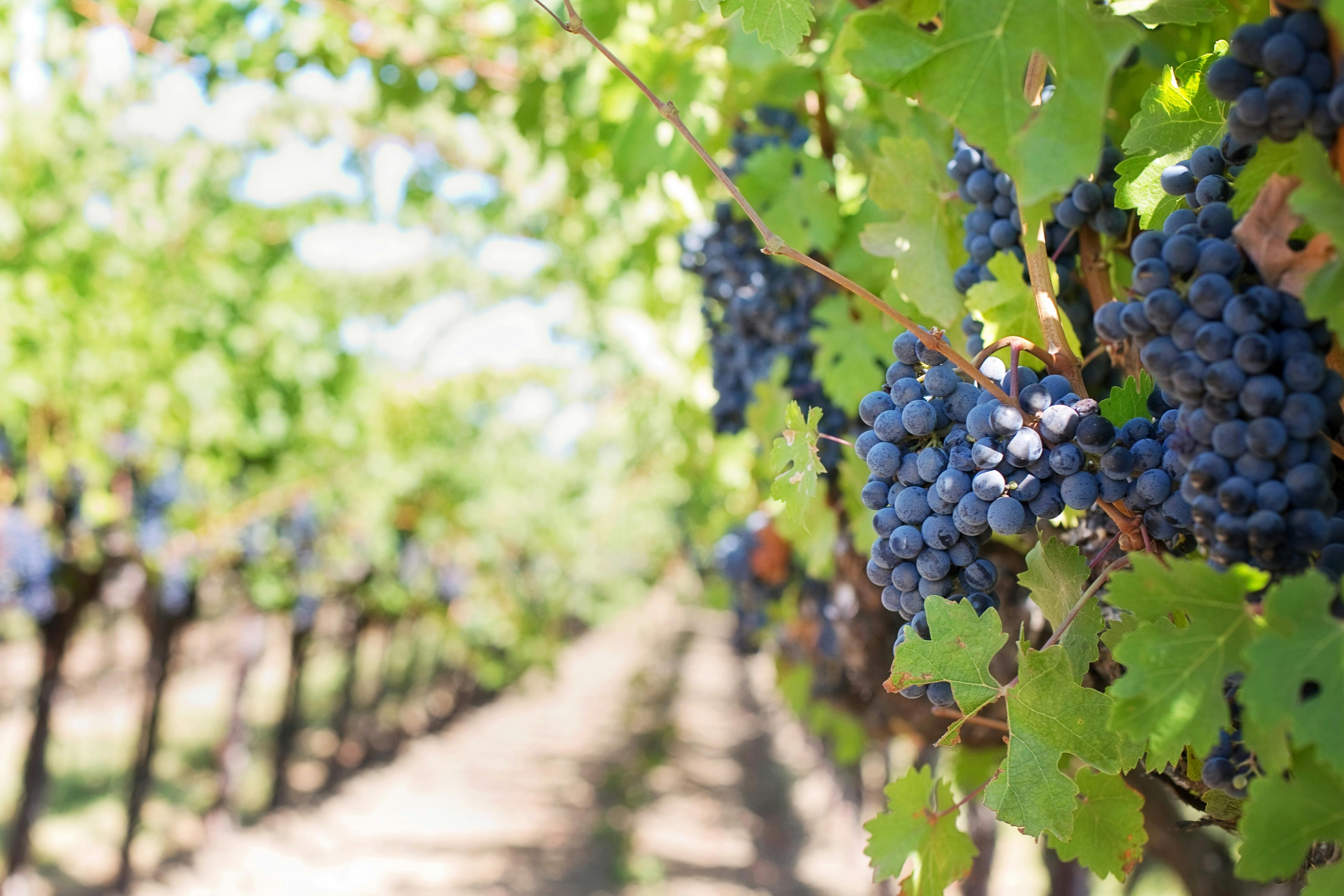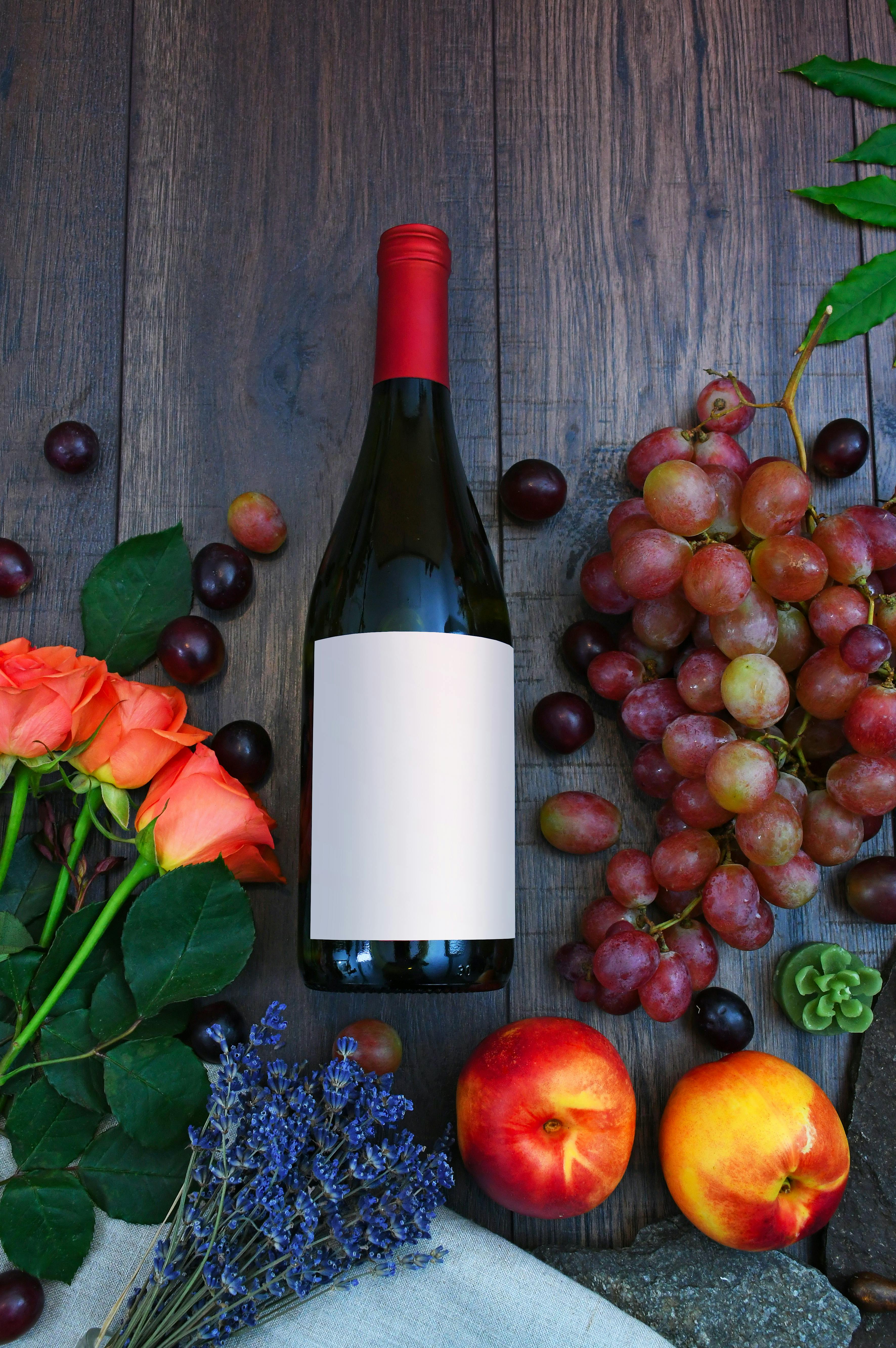Imagine indulging in a decadent dessert, spoonfuls of creamy sweetness melting in your mouth. Now picture sipping on a refreshing glass of light white wine, crisp and delicate on your palate. Can these two seemingly contrasting flavors coexist in perfect harmony? The answer may surprise you, as the world of wine and food pairing continuously pushes boundaries, offering unexpected combinations that elevate your dining experience to new heights. In this article, we will explore whether it is possible to pair a dessert with a light white wine, and uncover the secrets behind this intriguing culinary adventure.

Understanding Dessert Wines
Dessert wines are a delightful category of wines that perfectly complement sweet treats and enhance the overall dining experience. They are typically sweeter and richer than other types of wines, making them the perfect accompaniment to desserts. There are two main categories of dessert wines: sweet and rich dessert wines, and light and refreshing dessert wines.
Sweet and Rich Dessert Wines
Sweet and rich dessert wines are characterized by their luscious sweetness and full-bodied flavors. These wines often have a higher alcohol content and a deep, rich color. They are typically made from late-harvested grapes or grapes affected by noble rot, which concentrates the sugars and flavors in the grapes.
Popular varieties of sweet and rich dessert wines include Sauternes, Tokaji, and late-harvest Riesling. These wines pair beautifully with decadent desserts such as chocolate cake, crème brûlée, and fruit tarts. The sweetness of the wine complements the richness of the dessert, creating a harmonious balance of flavors.
Light and Refreshing Dessert Wines
On the other end of the spectrum, light and refreshing dessert wines offer a refreshing and delicate sweetness. These wines are typically lower in alcohol content and have a lighter body. They are often made from aromatic grapes such as Muscat or Gewürztraminer, which give them their distinct floral and fruity notes.
Light and refreshing dessert wines are ideal for lighter desserts that are not overly sweet. They pair beautifully with dishes such as fruit salads, sorbets, and light pastries. The crisp acidity and vibrant flavors of these wines provide a refreshing contrast to the sweetness of the dessert, creating a delightful balance on the palate.
Serving Temperature of Dessert Wines
To fully appreciate the flavors and aromas of dessert wines, it is important to serve them at the appropriate temperature. Sweet and rich dessert wines are best served slightly chilled, around 45-55°F (7-13°C). This temperature helps to balance the sweetness and acidity of the wine, allowing the flavors to shine.
Light and refreshing dessert wines, on the other hand, are best served chilled, around 40-50°F (4-10°C). The cool temperature enhances the crispness and refreshing qualities of these wines, making them even more enjoyable when paired with desserts.
Characteristics of Light White Wines
Light white wines are characterized by their crisp acidity, fruity flavors, and delicate aromatics. These wines are often made from white grape varieties such as Sauvignon Blanc, Riesling, and Pinot Grigio. Understanding the key characteristics of light white wines can help in selecting the perfect pairing for your dessert.
Acidity
Acidity is a crucial characteristic of light white wines. It provides a refreshing and vibrant quality to the wine, balancing the sweetness in both the wine and the dessert. The acidity also helps to cleanse the palate after each bite of the dessert, allowing you to fully appreciate the flavors.
Fruitiness
Light white wines often exhibit fruity flavors such as citrus, apple, pear, and stone fruits. These fruity notes add a layer of complexity and freshness to the wine, making it an excellent companion to desserts. The fruitiness in the wine can complement and enhance the flavors of the dessert, creating a harmonious pairing.
Aromatics
Delicate floral and aromatic notes are another characteristic of light white wines. Varieties like Muscat and Gewürztraminer are especially known for their aromatic qualities. These fragrant aromas can add an extra dimension to the dining experience when paired with a dessert that has complementary flavors or aromas.
Pairing Principles
Pairing desserts with light white wines requires understanding the principles of balance, intensity, and complementary or contrasting flavors. By considering these factors, you can create the perfect harmony between your dessert and wine selection.
Balance of Flavors
A fundamental principle of pairing desserts with light white wines is to achieve a balance of flavors between the two. If your dessert is overly sweet, opt for a wine with a higher acidity to counterbalance the sweetness. On the other hand, if your dessert is on the lighter side, a slightly sweeter wine can enhance its flavors and provide a pleasant contrast.
Intensity and Weight
Matching the intensity and weight of the dessert with the wine is another important consideration. A light, airy dessert pairs well with a lighter-bodied white wine, while a richer or heavier dessert can benefit from a wine with more body and texture. This ensures that the wine does not overpower the dessert and that both elements can shine through.
Complementary and Contrasting Flavors
Consider the flavors in both the dessert and the wine to create either complementary or contrasting pairings. Complementary pairings involve flavors that harmonize and enhance each other, such as citrus-based desserts with citrusy white wines. Contrasting pairings, on the other hand, bring out the best in both the dessert and the wine by providing a pleasing contrast, such as pairing a peach cobbler with a crisp Sauvignon Blanc.
Ideal Desserts for Light White Wines
When it comes to pairing light white wines with desserts, certain types of desserts work especially well due to their flavor profiles and textures. Here are a few ideal dessert options for light white wines:
Citrus-based Desserts
Light white wines with citrusy flavors, such as Sauvignon Blanc or Riesling, pair beautifully with citrus-based desserts. The acidity and citrus notes in the wine complement the tanginess of the dessert, creating a refreshing and harmonious combination. Lemon tarts, key lime pies, or even orange sorbets are excellent choices to pair with these wines.
Stone Fruit Desserts
Light white wines with peach, apricot, or nectarine flavors, such as Viognier or Gewürztraminer, are the perfect match for stone fruit desserts. The fruity and floral characteristics of the wine enhance the flavors of dishes like peach cobblers, apricot tarts, or plum clafoutis. The combination of the juicy fruits in the dessert and the vibrant flavors in the wine creates a delightful experience.
Light Pastries
Light pastries, such as fruit tarts, cream puffs, or mille-feuille, are versatile desserts that pair well with a wide range of light white wines. The delicate flavors and textures of these pastries are beautifully complemented by the crisp acidity and fruity notes of wines like Pinot Grigio or Chardonnay. The contrast between the buttery pastry and the refreshing wine creates a balanced and satisfying combination.

Specific Wine and Dessert Pairings
To provide some specific examples and inspiration, here are a few classic wine and dessert pairings using light white wines:
Riesling with Lemon Tart
The vibrant acidity and citrus flavors of Riesling make it an excellent choice to pair with a zesty lemon tart. The wine’s crispness complements the tartness of the lemon filling, while its slight sweetness enhances the overall experience. This pairing is a perfect blend of refreshing and tangy flavors.
Sauvignon Blanc with Peach Cobbler
The tropical fruit and herbaceous notes of Sauvignon Blanc create a delightful match with a warm and fragrant peach cobbler. The wine’s vibrant acidity cuts through the sweetness of the dessert, while its fruity flavors complement the juicy peaches. This pairing offers a delightful balance of flavors and textures.
Pinot Grigio with Apple Strudel
The crisp and refreshing qualities of Pinot Grigio make it an ideal companion to a classic apple strudel. The wine’s apple and pear flavors harmonize with the baked apple filling in the strudel, while its acidity balances out the richness of the pastry. This pairing combines the best of both worlds – a light and fruity wine with a comforting and delicious dessert.
Experimenting with Pairings
While the classic pairings mentioned above are a great starting point, don’t be afraid to step outside the box and experiment with different combinations. Pairing wine with desserts is both an art and a science, and personal preferences play a significant role in finding the perfect match. Here are a few tips for expanding your pairing horizons:
Exploring Regional Pairings
Different wine regions have their own traditional pairings that have developed over centuries. Explore pairings from regions renowned for their dessert wines, such as France’s Sauternes with foie gras or Germany’s Eiswein with apple strudel. Discovering these regional combinations can provide a new perspective on pairing desserts with light white wines.
Trying Unconventional Combinations
Sometimes, the most unexpected pairings turn out to be the most delightful. Experiment with unconventional combinations by selecting wines and desserts with contrasting flavors or textures. For example, try pairing a Muscat with a dark chocolate mousse or a Gewürztraminer with a spicy gingerbread cake. These unexpected pairings can sometimes create extraordinary taste experiences.
Considering Personal Preferences
Ultimately, the most important factor in pairing desserts with light white wines is your personal preference. Everyone’s taste buds are unique, and what might be a perfect pairing for one person may not be as enjoyable for another. Take the time to explore different combinations and pay attention to what you enjoy. Trust your palate and adjust the pairings according to your preferences.

Tips for Serving Wine with Dessert
To fully enjoy your dessert and wine pairing, consider the following tips for serving the wine:
Chilling the Wine
Ensure that your light white wine is properly chilled before serving. The recommended serving temperature varies depending on the wine, but a general rule is to serve the wine slightly cooler than room temperature. Keep the wine in the refrigerator for a couple of hours before serving, or use an ice bucket to chill it for a shorter period of time.
Serving Size
Keep in mind that dessert wines are often served in smaller quantities than regular wines. This is because their sweetness and richness can be more pronounced, making them better suited for sipping and savoring. Pour smaller portions, typically around 2-3 ounces per serving, to fully appreciate the flavors and prevent the wine from overpowering the dessert.
Accompaniments
Consider serving complementary accompaniments alongside your dessert and wine pairing. For example, a light and citrusy dessert paired with a Riesling can be enhanced by a garnish of fresh berries or a sprinkle of lemon zest. Adding complementary flavors or textures can elevate the overall experience and create a more well-rounded tasting sensation.
Common Mistakes to Avoid
When pairing light white wines with desserts, it’s essential to be aware of common mistakes that can hinder the enjoyment of the pairing. Here are a few mistakes to avoid:
Overpowering the Dessert
Avoid selecting a wine that overpowers the flavors of the dessert. If the wine is too robust or heavy, it can overshadow the delicate flavors of the dessert, resulting in an unbalanced pairing. Ensure that the wine complements and enhances the dessert rather than overwhelming it.
Choosing a Sweeter Wine
While it may seem intuitive to pair a sweet dessert with an equally sweet wine, this can often lead to palate fatigue and an overly saccharine experience. Instead, opt for a wine with a higher acidity and a touch of sweetness to create a balance with the dessert. This allows the flavors to shine through without overwhelming the palate.
Ignoring Personal Preferences
Don’t be swayed solely by popular or traditional pairings if they do not align with your personal preferences. It’s important to select a dessert and wine pairing that you will enjoy, even if it deviates from conventional wisdom. Trust your palate and experiment with different combinations to find the perfect match for your taste.
Alternative Options for Non-Wine Drinkers
While light white wines are a fantastic choice for pairing with desserts, it’s worth mentioning alternative options for non-wine drinkers or those looking to try something different. Here are a few alternatives that can also enhance the dessert experience:
Sparkling Water
For those who prefer non-alcoholic beverages, sparkling water can be a refreshing and palate-cleansing choice. Its effervescence can provide a pleasant contrast to the sweetness of the dessert and help cleanse the palate between bites.
Herbal Infusions
Herbal infusions, such as chamomile or peppermint tea, can offer a unique and aromatic pairing option. The herbal notes in the infusion can complement the flavors of the dessert and provide a soothing and refreshing beverage to accompany your sweet treat.
Light Rosé Wines
If you’re not a fan of white wines but still want to enjoy a glass with your dessert, consider opting for a light rosé wine. Rosés often exhibit fruity and floral flavors that can complement a wide range of desserts. Select a rosé with a drier profile to ensure that it doesn’t overwhelm the dessert’s sweetness.
Conclusion and Final Thoughts
Pairing light white wines with desserts is a delightful way to enhance your dining experience and create memorable flavor combinations. Whether you prefer sweet and rich dessert wines or light and refreshing options, there is a perfect pairing waiting to be discovered.
By understanding the characteristics of light white wines, considering the principles of pairing, and exploring a variety of desserts, you can create harmonious and unforgettable combinations. Remember to trust your palate, experiment with different pairings, and, most importantly, enjoy the experience.
So the next time you indulge in a delicious dessert, don’t forget to raise a glass of light white wine to celebrate the art of pairing and the joy of culinary exploration. Cheers to the perfect dessert and wine harmony, and may your dining experiences be forever enhanced by the delightful combination of sweet treats and light white wines!

Franco Deville, an esteemed wine connoisseur and author, is the visionary behind “Wines of Madeira.” His extensive background in viticulture and wine tasting enriches his detailed guide on Madeira wines. Franco’s dedication to traditional winemaking and innovative approaches has established him as an influential voice in the wine community.

